-
-
-
- Designing a Sustainable Future
-
- Designing a Sustainable Future
-
- Designing a Sustainable Future
• Sustainability: heritage & urban regeneration, people-centric space planning and low-carbon & sustainable operations
• Vibrancy: economic health, cultural empowerment and innovative environment
• Resilience: physical resilience in place making (sponge city) and community engagement & attachment
-
- Designing a Sustainable Future
• High performance and low carbon - big trend in water system of commerical buldings
• Smart distributed pumping solution to stregthen energy efficient building
• Digital technologies to enable energy saving and CO2 reduction in building water system
-
- Designing a Sustainable Future
• Learning from nature- incorporating Biodiversity into design
• Creating nurturing, empathic environments
• Respecting nature’s ecosystem and integrating its benefits to create holistic places
-
- Designing a Sustainable Future
• Building enregy analysis
• Diversity in energy efficient buildings
• Designed principle of Passive House Building Standard
-
- Designing a Sustainable Future
The presentation will focus on the huge potential of smart, passive strategies in the early design stage to realize synergies between immaculate comfort and drastic reductions in energy demand, CO2 emissions and cost looking at aspects of three recent Passive House projects in China:
• How to create a showcase for replication?
Tianjin Eco City Apartments (the first PHI Passive House-certified high-rise in entire Asia) as a blueprint for replication, completed 2019)• How to create a CO2-neutral Roadmap as a vision all stakeholders assemble behind?
(Regional Headquarter Shanghai, in planning)• How to reduce construction cost with passive design?
(Nanning Luxury Apartments, in planning) -
-
- Circular Design Matters
• Macro picture: carbon reduction requires circular economy
• Micro enterprises: carbon reduction in three scopes
-
- Circular Design Matters
• An integrated approach to Sustainable design
• Circular materials: Sustainable strategies to implement for the built environment
• The environmental impact of every design choice
-
- Circular Design Matters
• Zero carbon transition opportunities for FMCG and retail
• Sustainable design driven by user experience
• Cradle to cradle design, creating a green supply chain
Chairperson -
-
- Circular Design Matters
How to integrate the concept of a circular economy into the fashion industry for transformation.
• Current Status and Challenges of the Fashion Industry
• Introduction to the Circular Economy and Its Three Principles
• Specific Applications and Case Studies of the Circular Economy in the Fashion Industry
-
- Circular Design Matters
• Full life cycle carbon footprint
• Regenerative design and adaptive re-use
• Realizing the sustainable design of the whole industry chain and the whole product life cycle
-
- Circular Design Matters
• Sustainable business strategy thinking
• The underlying logic of sustainable business
• Sustainable business top-level design
-
- Circular Design Matters
Companies and organisations will have to adapt their internal systems, their methods of working and the design of their organisation to meet their Sustainability goals. ROS ‘return on Sustainability’ needs to be as integral and essential to a company’s bottom line as ROI, return on investment.
• The costs of a Sustainable design strategy V ROS ‘return on sustainability’
• How to integrate sustainable design into product/service full life cycle mgt and business operations
• How can sustainable design contribute to enhancing the influence of your brand
Speakers
-
-
- On the Path to Net Zero
• Zero carbon cities are the direction of future urban renewal and development, and also the core of achieving sustainable urban development. How can zero carbon cities be achieved? What areas should zero carbon cities focus on?
• The near zero carbon emission zone is an important incision in the dual carbon strategy, which combines concepts and technologies from multiple fields such as energy and construction, and supports the construction of zero carbon cities. How to create a near zero carbon emission zone?
• The impact of dual carbon on future cities is worth studying and considering.
-
- On the Path to Net Zero
-
- On the Path to Net Zero
• Leveraging decarbonisation incentives
• Advance Carbon tracking
• AI driven Carbon data analytics to achieve Net Zero
-
- On the Path to Net Zero
• What do you think of the decarbonization policies towards net zero emissions
• Applications and challenges of renewable energy and energy saving solutions
• How to maximize the use of zero-energy, low-cost, efficient new materials
Speakers -
-
- Towards a Greener Future
-
- Towards a Greener Future
The park achieves green, low-carbon, and high-quality development through green development planning.
• Carry out top-level design of green planning
• Pragmatically promoting the construction of green parks
• Informatization Platform Assists High Quality Development of Parks
-
- Towards a Greener Future
• National Policy and Industry Background
• Opportunities and Challenges
• Response Measures and Transformation
-
- Towards a Greener Future
• the 1st BREEAM Outstanding project in Shanghai.
• BREEAM improves the quality of project design, construction and operation through multiple dimensions such as health, energy, water, waste, transportation and management.
• BREEAM can effectively enchance ESG performance.
-
- Towards a Greener Future
• Traditional rail way transportation buildings have high energy consumption and carbon emissions, which urgently need improvement;
• Implementing low-carbon integrated design during the design phase can effectively reduce the carbon emissions throughout the entire lifecycle of rail way transportation buildings;
• Digital simulation for design optimization is a powerful tool for carbon reduction design during the design phase.
-
- Towards a Greener Future
• The dimension of sustainable design
• The areas of sustainable design of buildings
• How to achieve sustainable design of buildings
-
- Towards a Greener Future
• The Rationale of Sustainable Operation for Commercial Buildings
• The Strategy of Sustainable Operation for Commercial Buildings
• Case Study
-
- Towards a Greener Future
Dual carbon and digitalization play as the important strategies for the future development of the country, which have great significance for improving the quality and achieving sustainable of buildings and urban spaces. Digitalization is an important tool to help achieve these goals, it is also create a good opportunity to achieve the design industrial upgrading. In specific practice, Haskoll team explores through the following three directions:
• Visualization of spatial value, quantifiable and predictable
• Matching degree of uses and space,
• Digital Aided Design of Passive Green Buildings
-
- Towards a Greener Future
-
- Towards a Greener Future
• What we learn from our green sister cities (Singapore / Copenhagen)?
• How to implement a holistic sustainable approach?
• How to answer to site specificities?
-
- Towards a Greener Future
• What is the scope of the concept of sustainability?
• How should it be interpreted in the context of the carbon neutrality concept that is currently hot in China?
• What are the main obstacles that companies face in practicing sustainability?
• How can green financial instruments help companies in their sustainable transformation?
Speakers
-
-
- Holistic Hospitality
• Culturally immersive experiential wellness
• Rural, Cultural and Environmental Revitalisation
• Environmentally friendly building materials
-
- Holistic Hospitality
• Creating a positive guest experience while reducing environmental impact
• Bleisure travelers & hotel work spaces
• The rise in the post Covid consumer’s desire for sustainable wellness experiences: green kitchen, hyper- Personalization
-
- Holistic Hospitality
• Energy-efficient lighting: Use of LED or CFL bulbs, automatic lighting controls, and motion sensors to reduce energy consumption and carbon emissions
• Water conservation: Installation of low-flow faucets and showerheads, use of dualflush toilets, and reusing greywater for landscaping to reduce water consumption
• Waste reduction: Implementation of recycling and composting programs, reducing single-use plastics, and donating leftover food to local charities
-
- Holistic Hospitality
• Reconnecting people with nature through wellness hospitality
• Sustainable travel experiences: eco-lodges to carbon-neutral tours
• Using data to improve the guest experience from customisation to operational efficiency
Speakers -
-
- The Empathic Workplace
• The Future of the Workplace in 2030 and beyond
• The re-invention of the office, Hybrid Space
• Co-creating better workplace experiences
-
- The Empathic Workplace
• How can architecture respond to changing models of professional life?
• The “Building-as-a-City” concept for future workspaces
• Symbiosis business district, Milan: an example of large-scale urban transformation with new office buildings
-
- The Empathic Workplace
What is considered as a "real" human centric workplace design?
-
- The Empathic Workplace
• Flexible work design: This can include telecommuting, flexible schedules, and job-sharing options, which can help reduce stress and improve work-life balance
• Flexible and social, physically and virtually interconnected
-
• What are the key elements of an empathic workplace?
• What are the best practices needed to transform a traditional workplace into an empathic workplace?
• How does an empathic workplace impact the culture of a company or organisation?
Speakers
*The programme is subject to change, please check this page frequently for the latest updates.

)
)
)
)
)
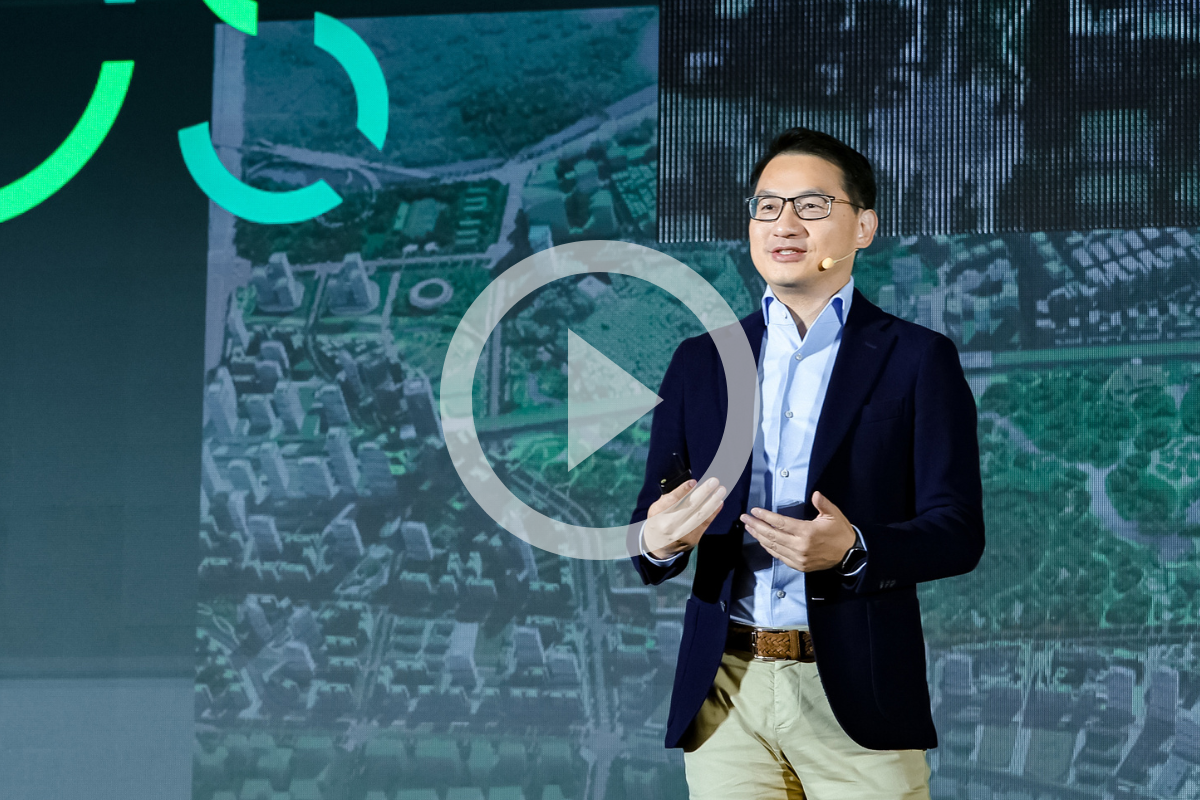
)
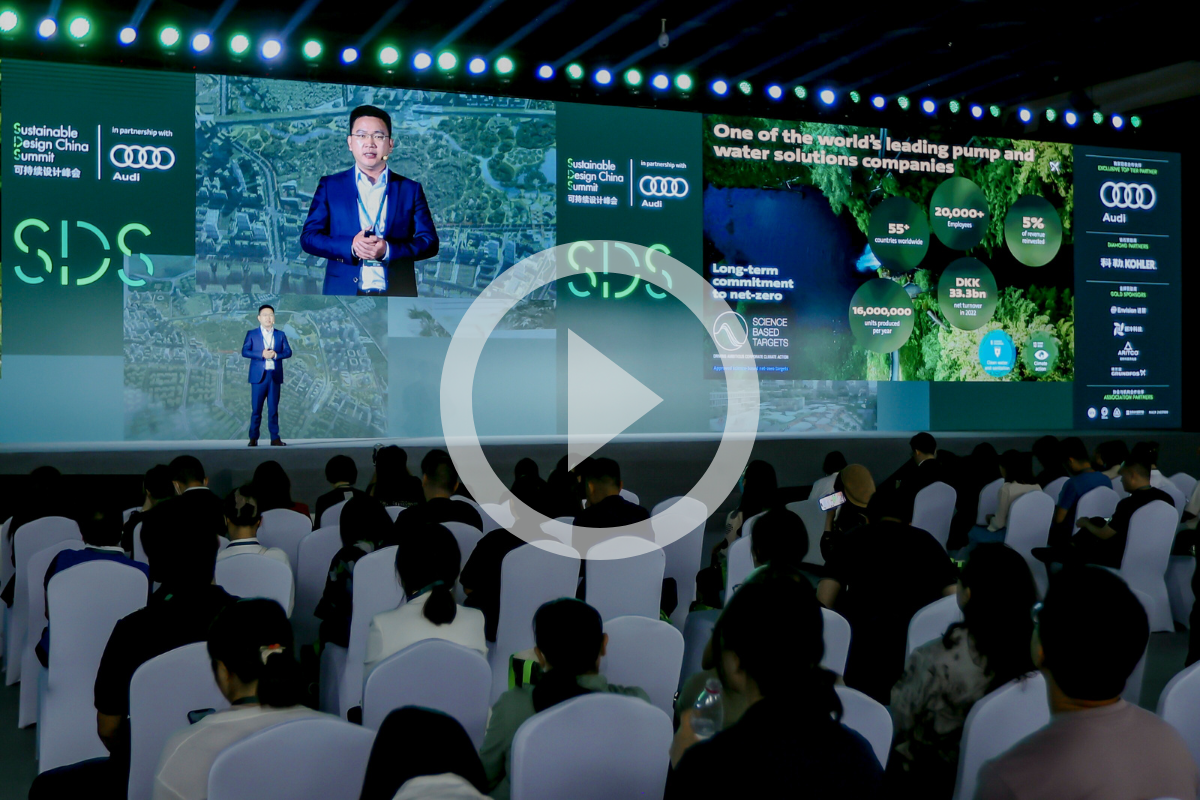
)
)
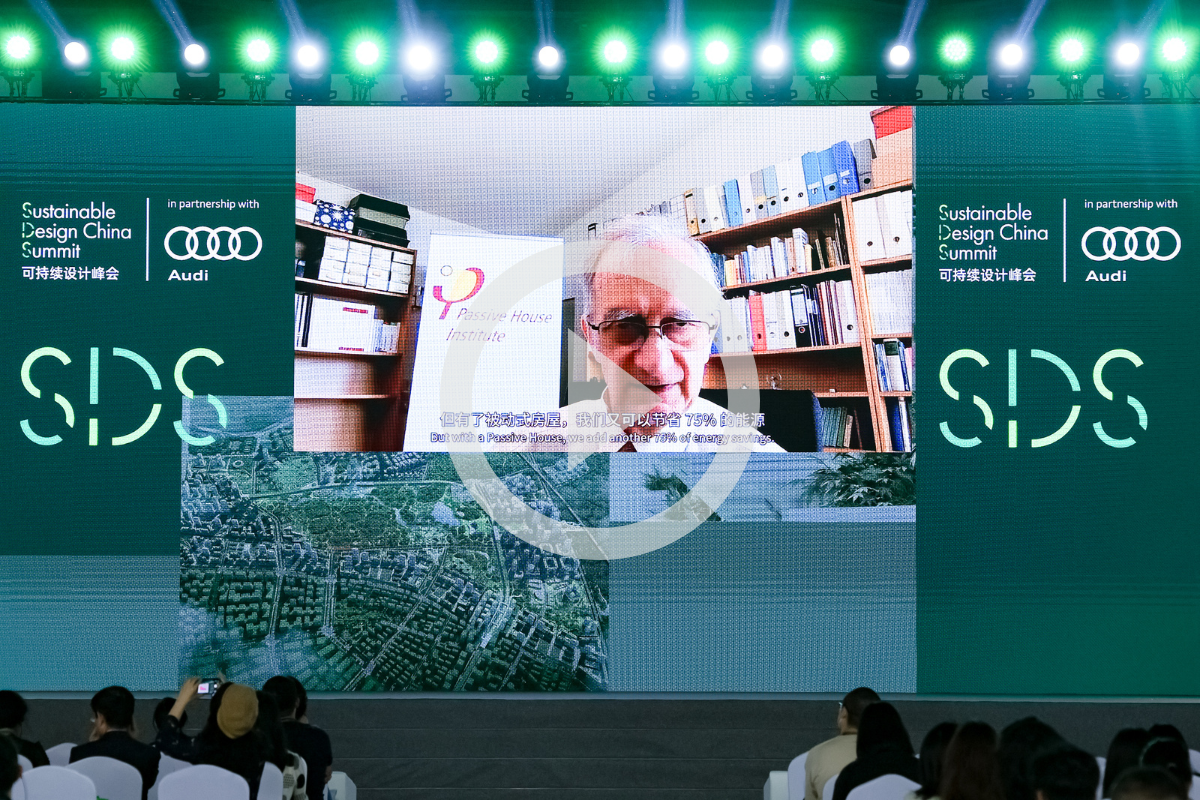
)
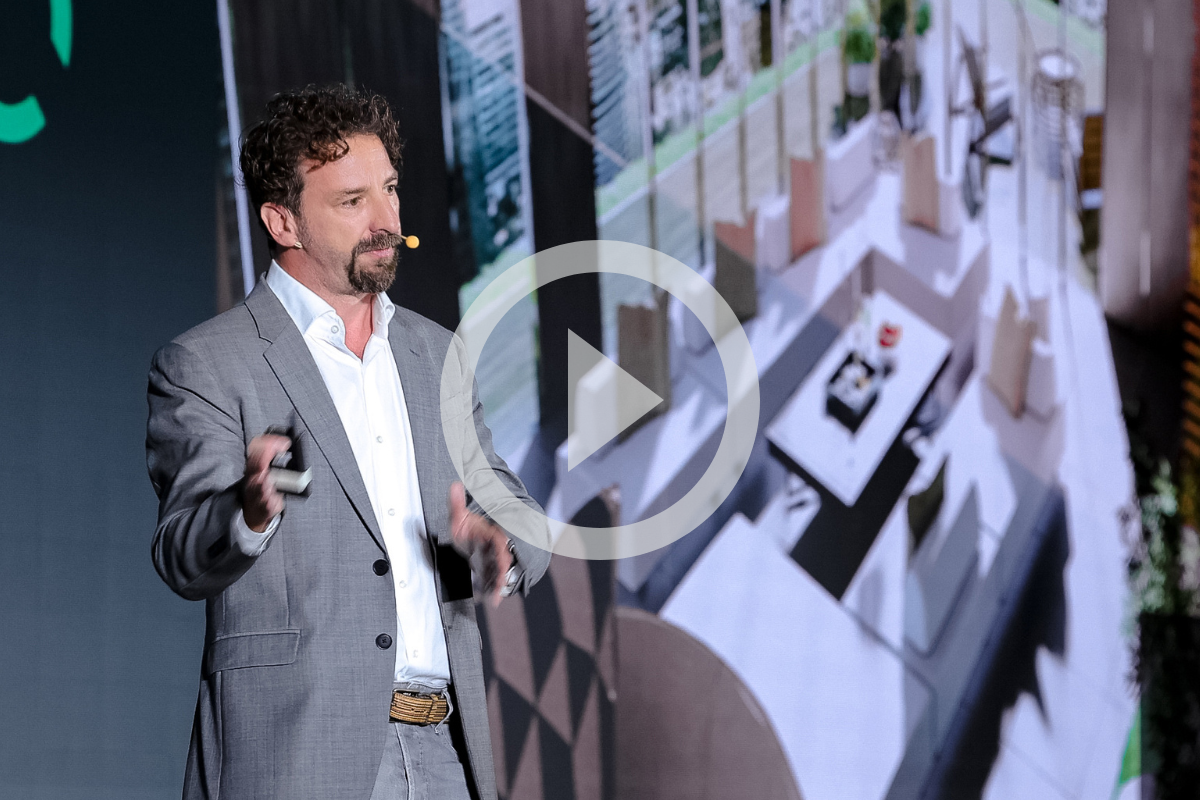
)
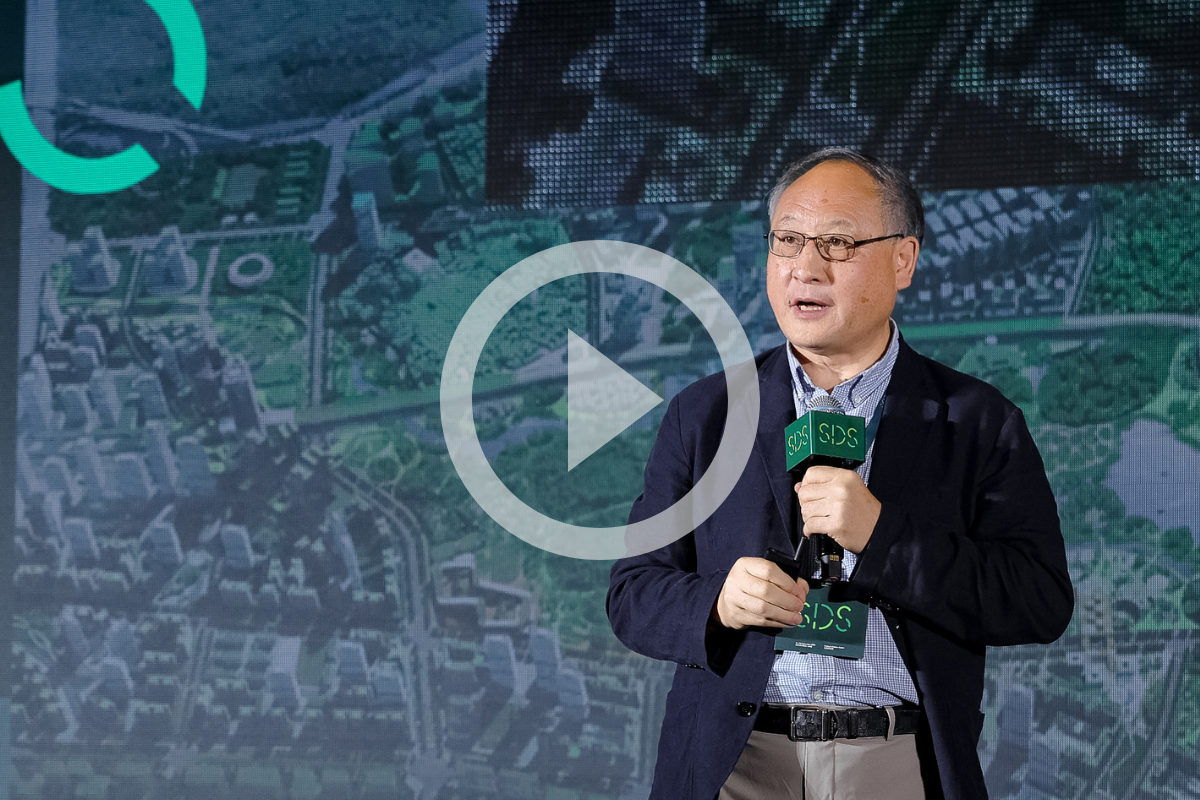
)
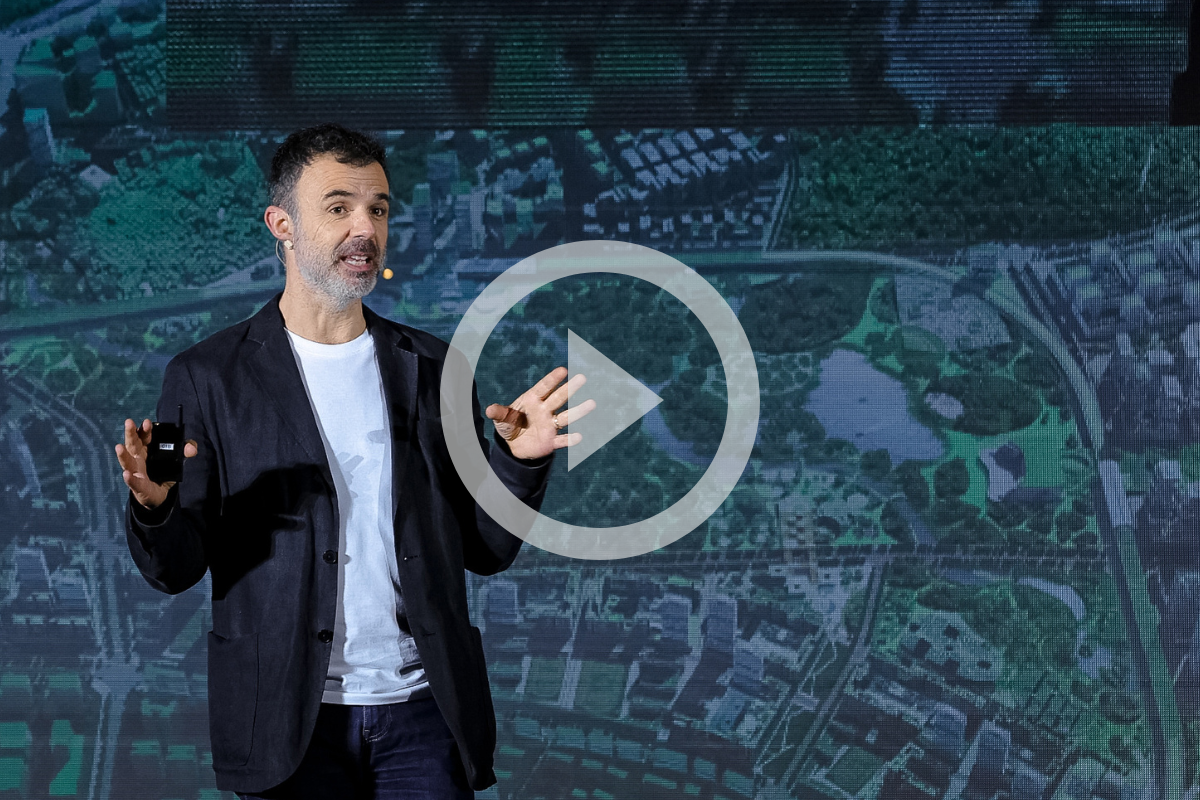
)
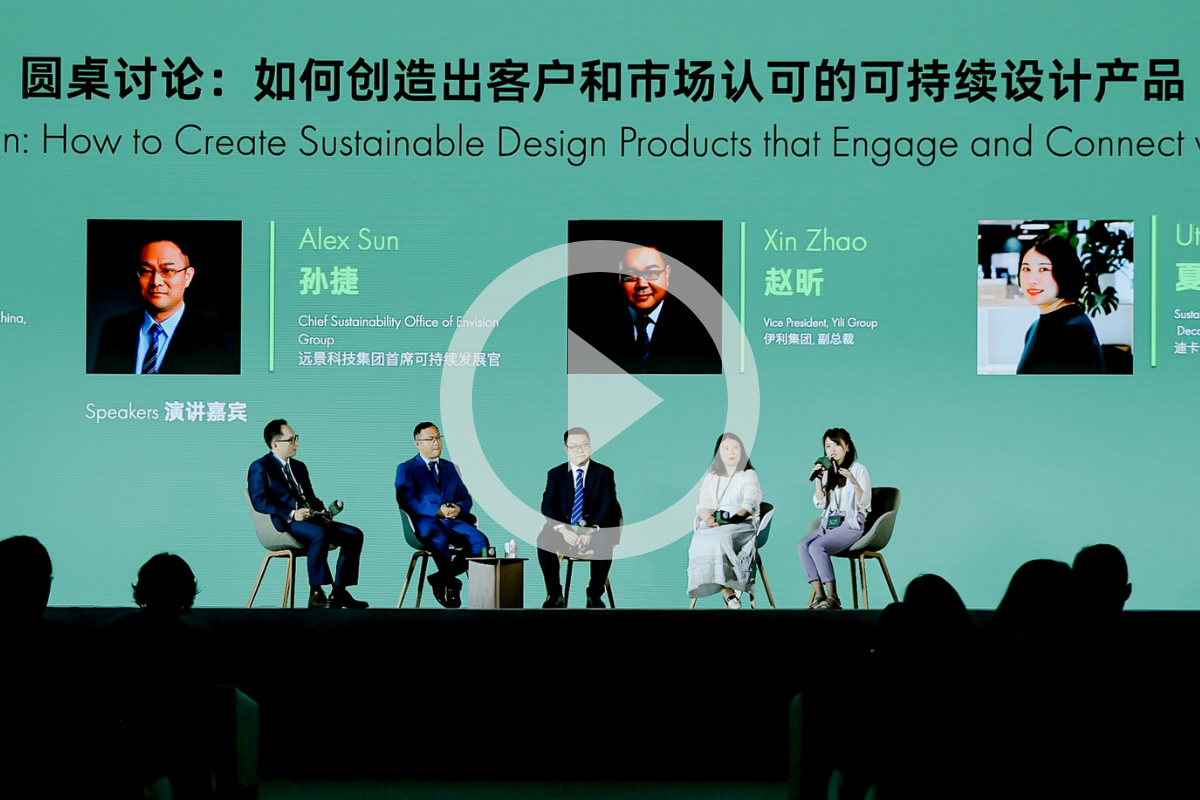
)
)
)
)
)
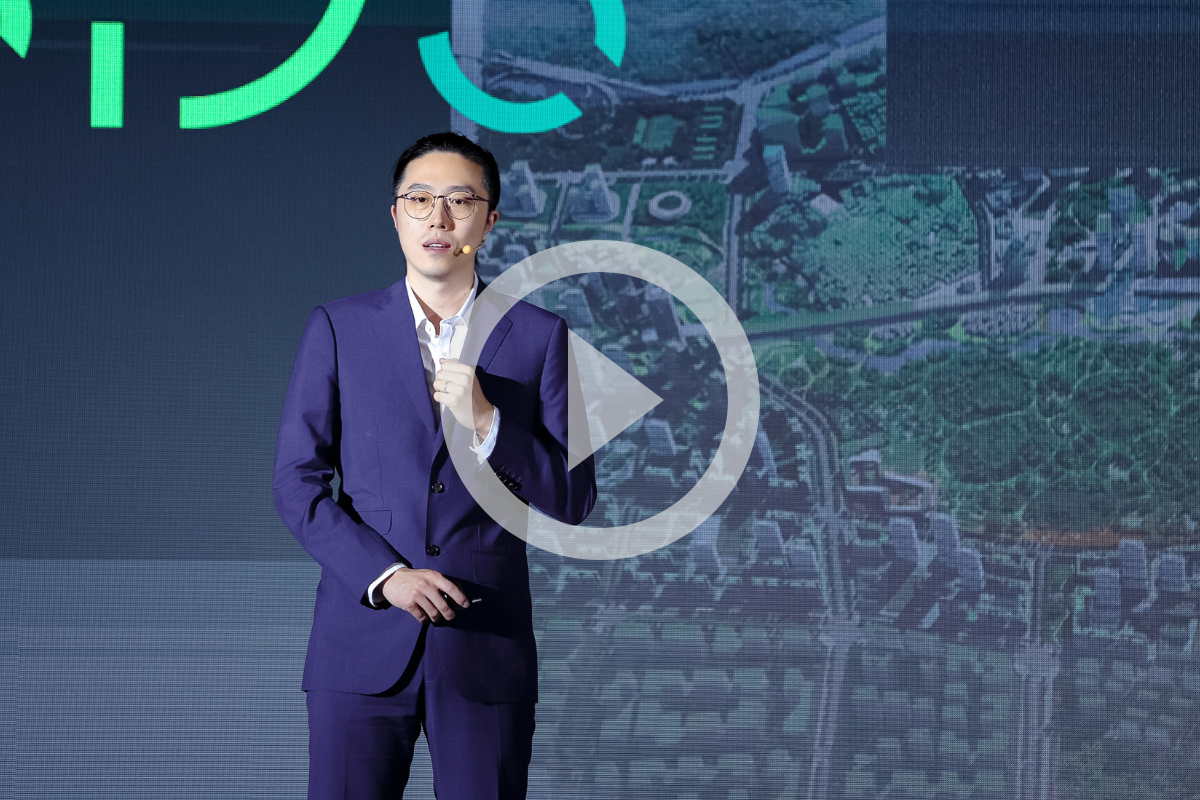
)
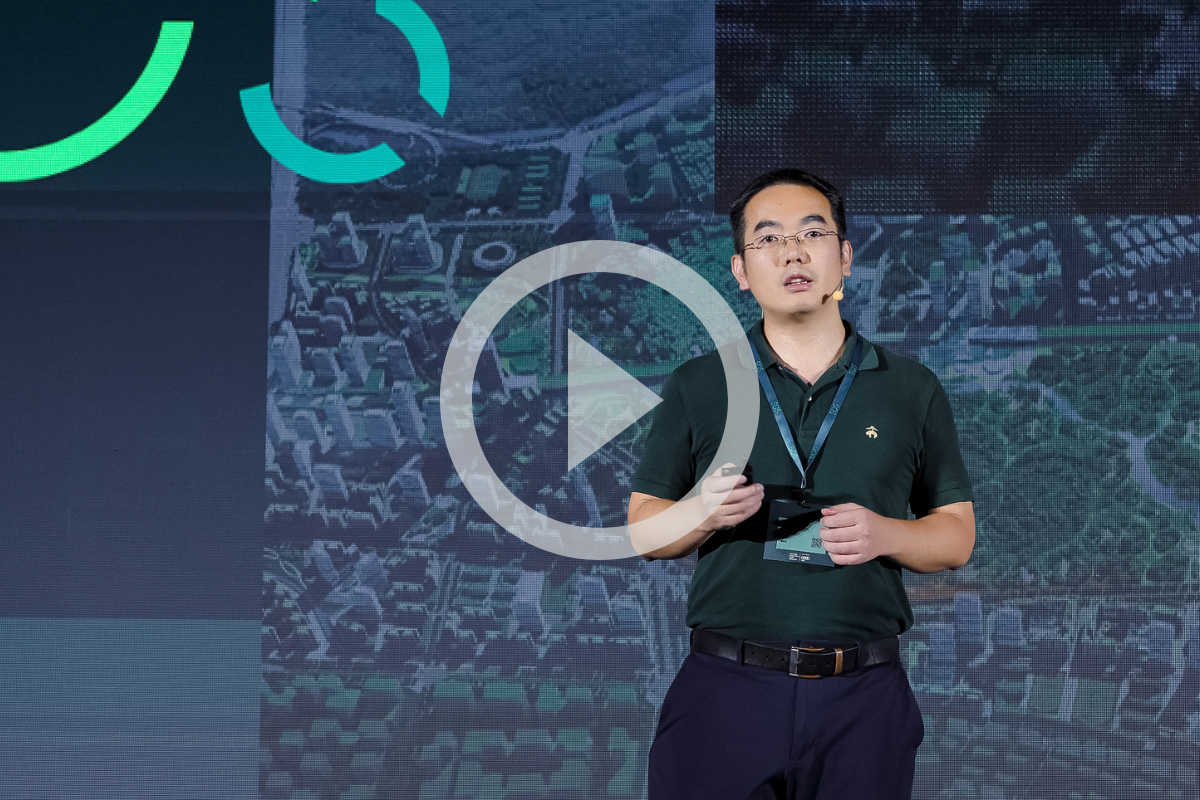
)
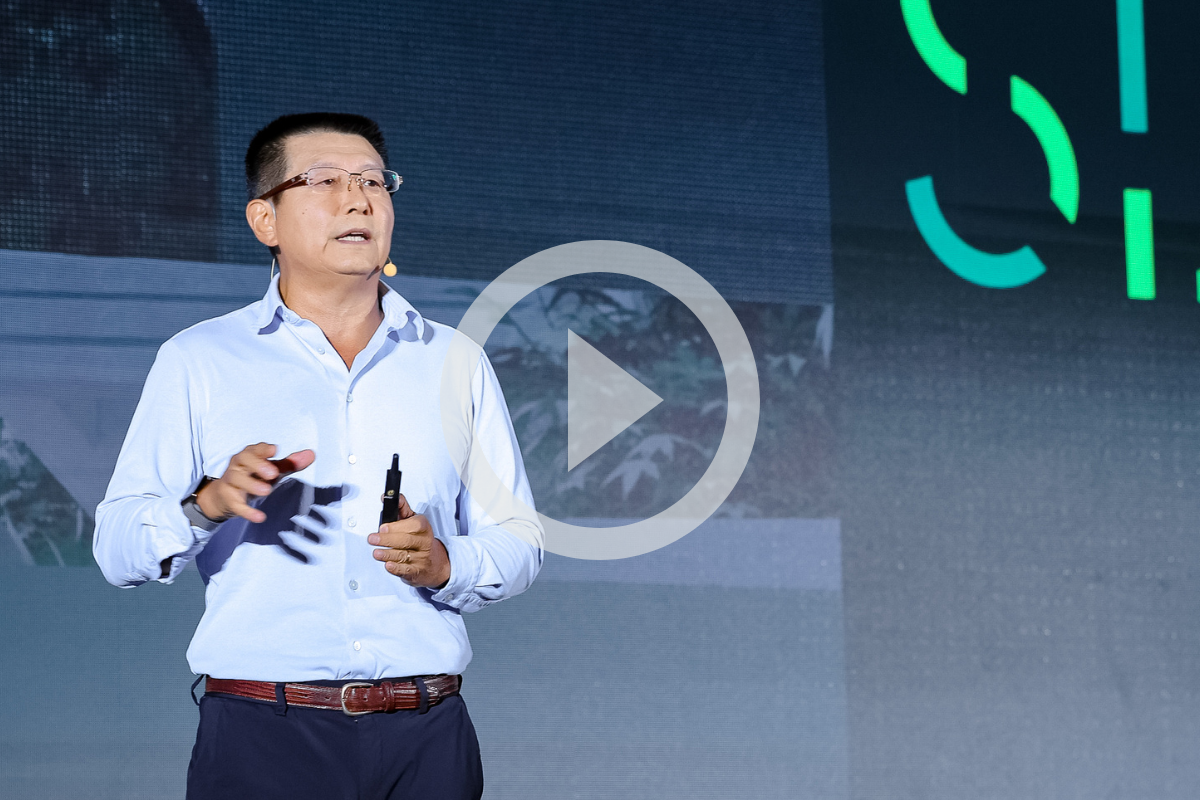
)
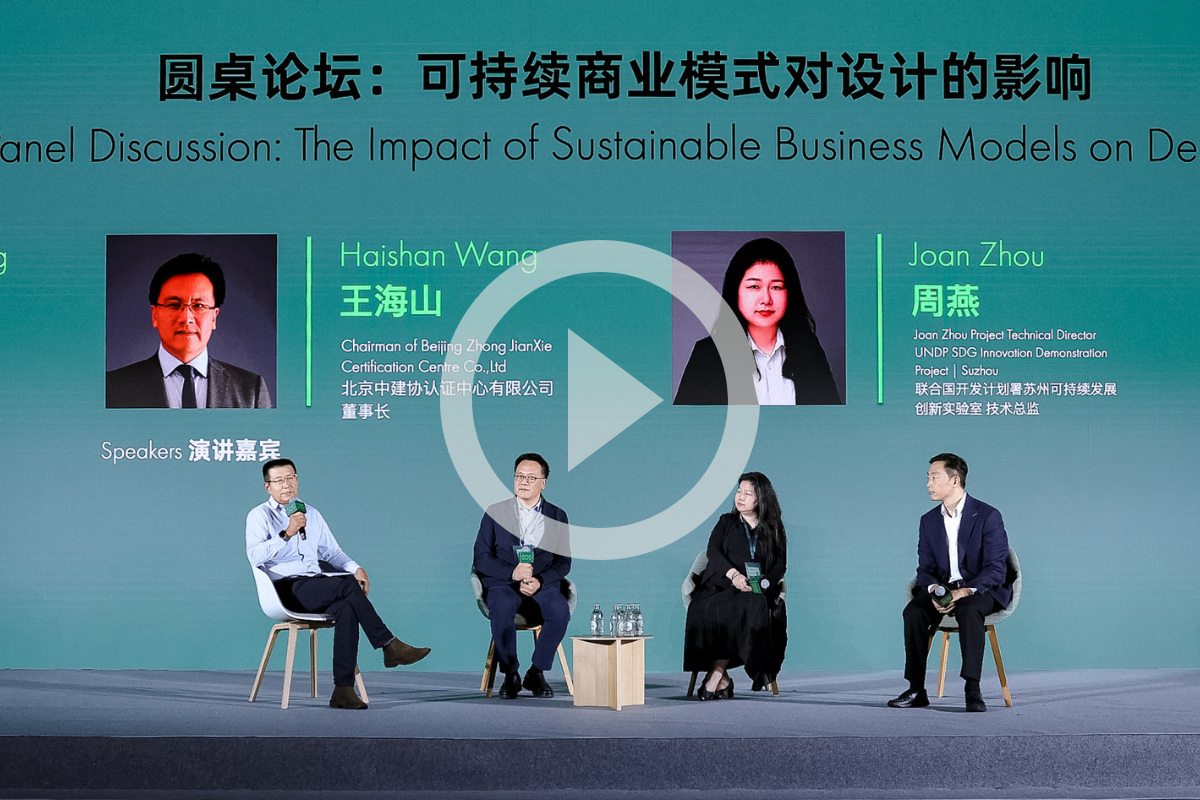
)
)
)
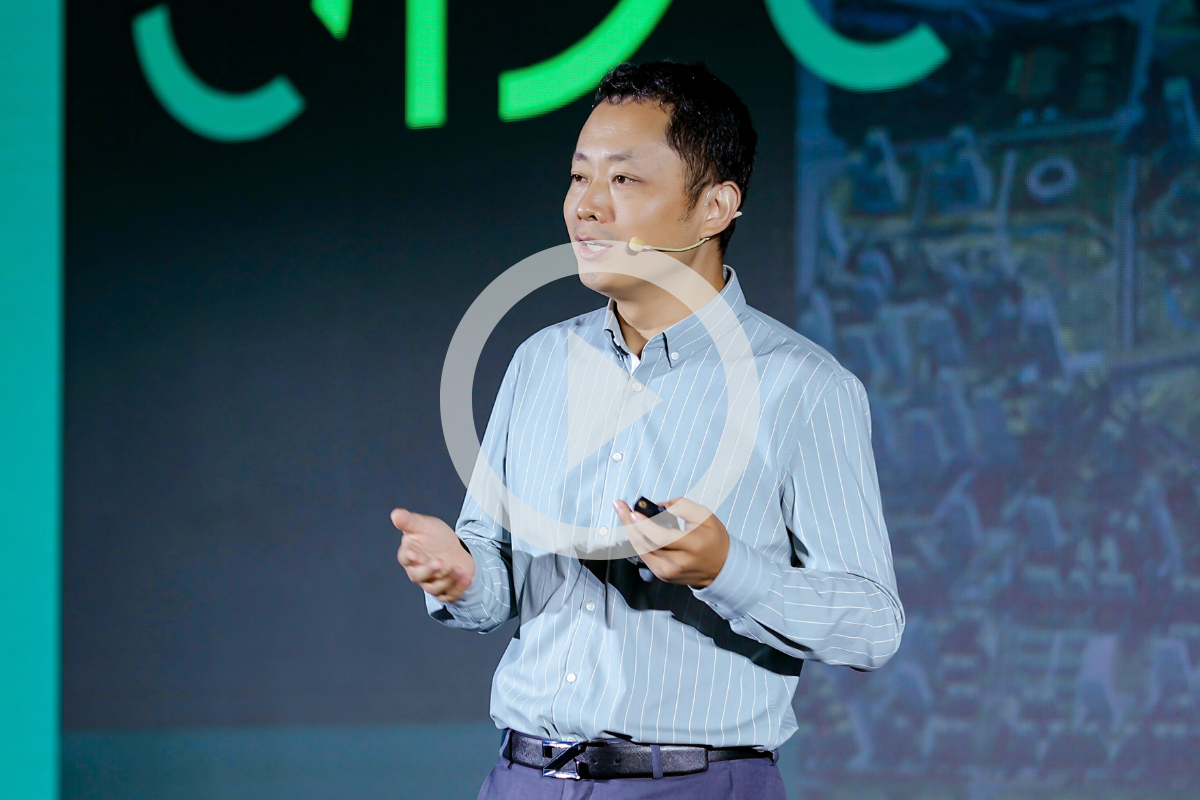
)
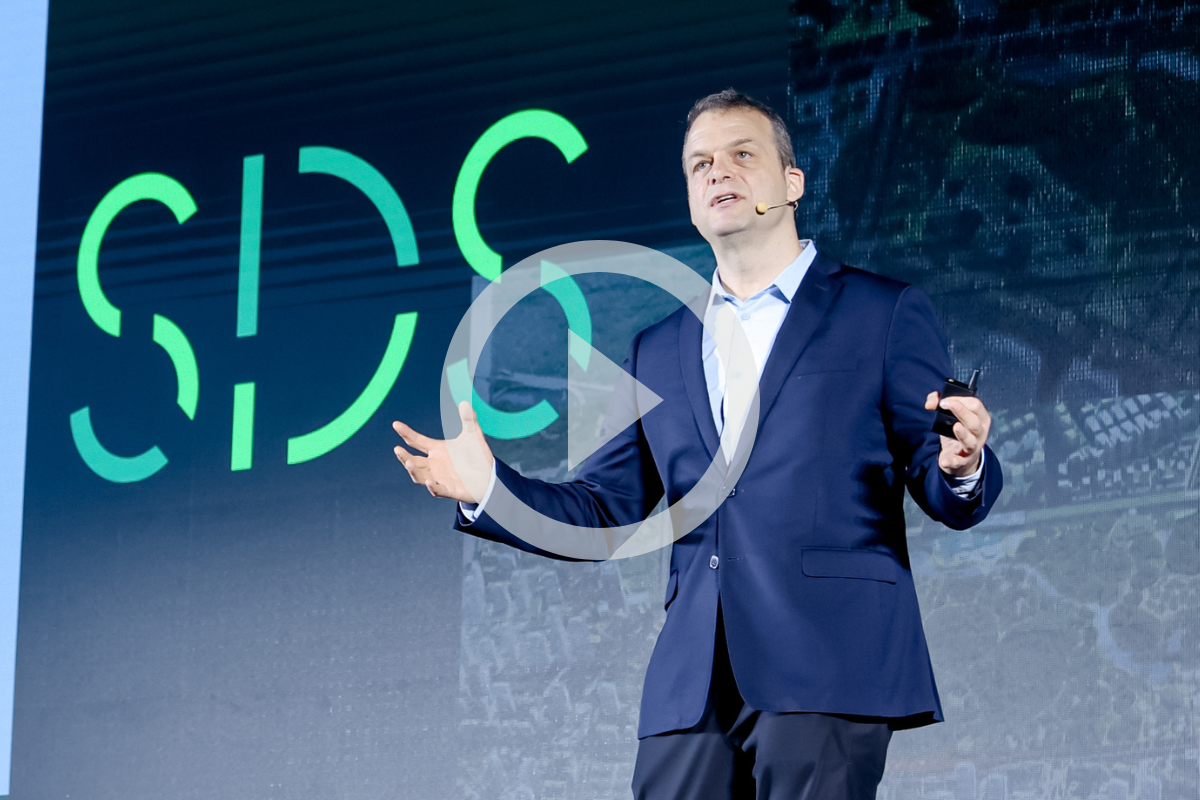
)
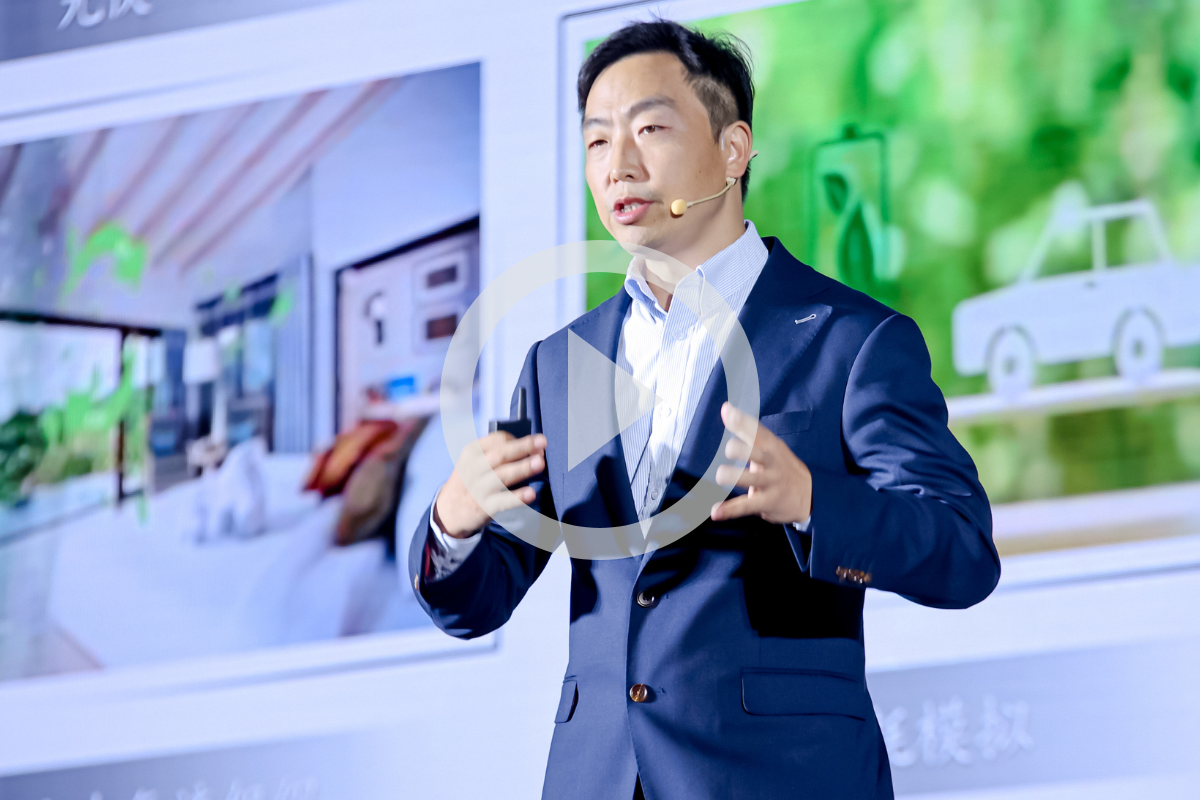
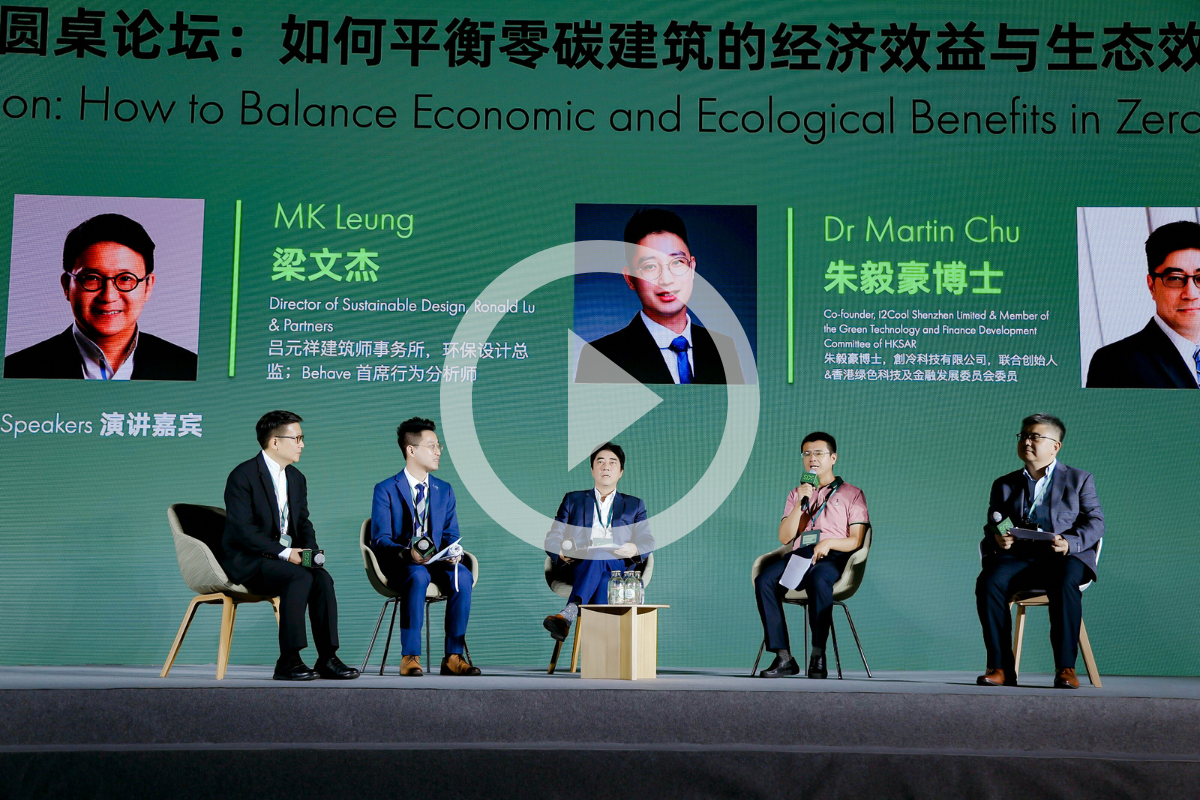
)
)
)
)
)
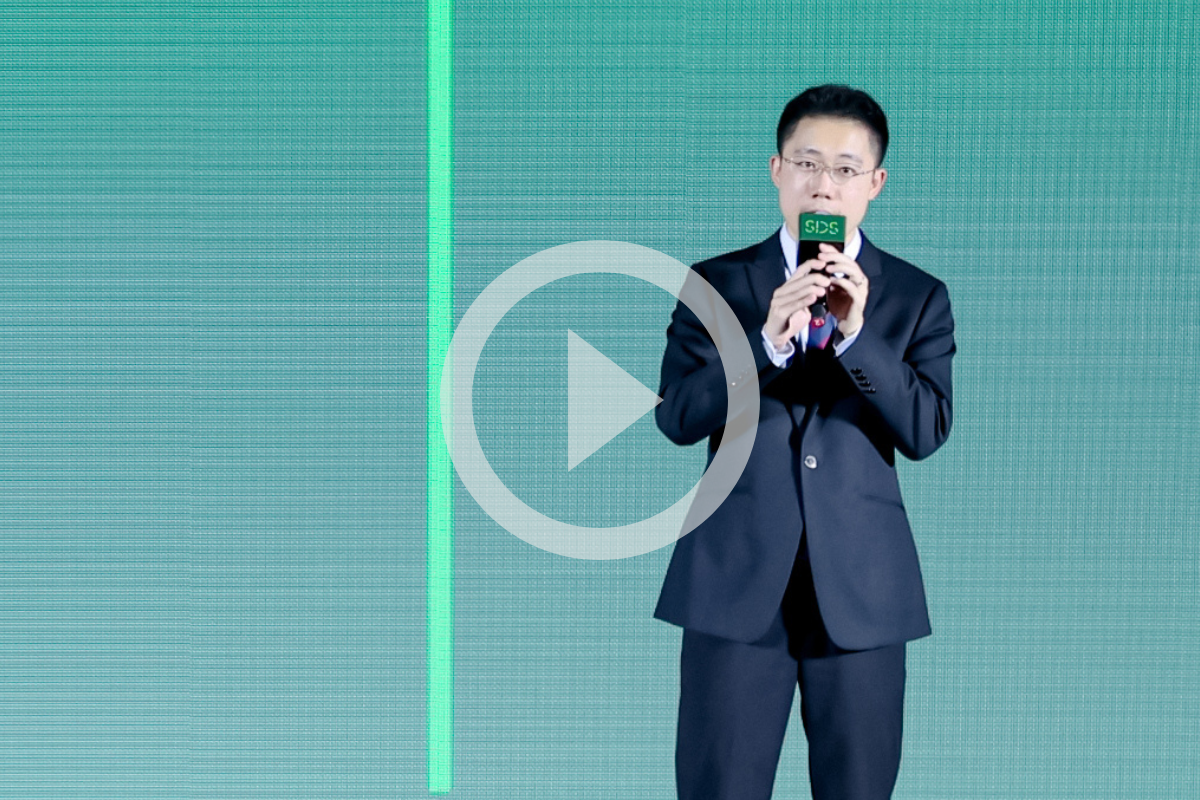
)
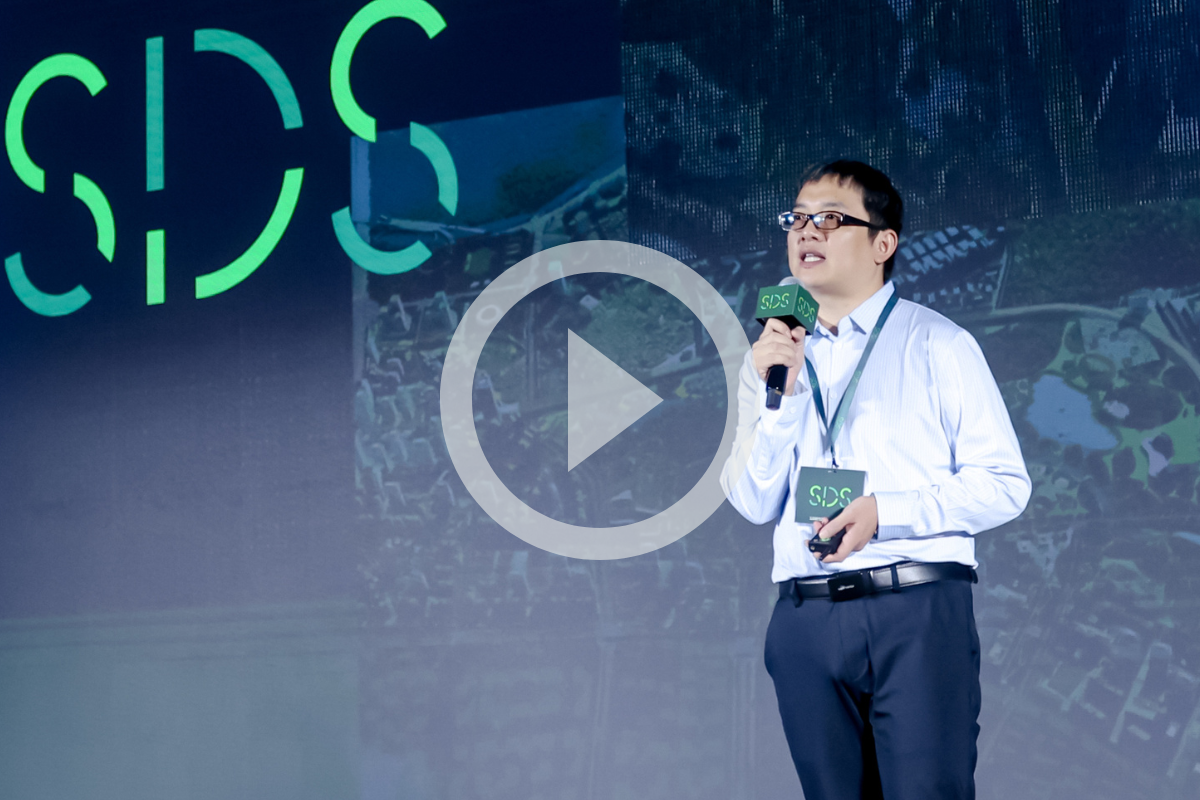
)
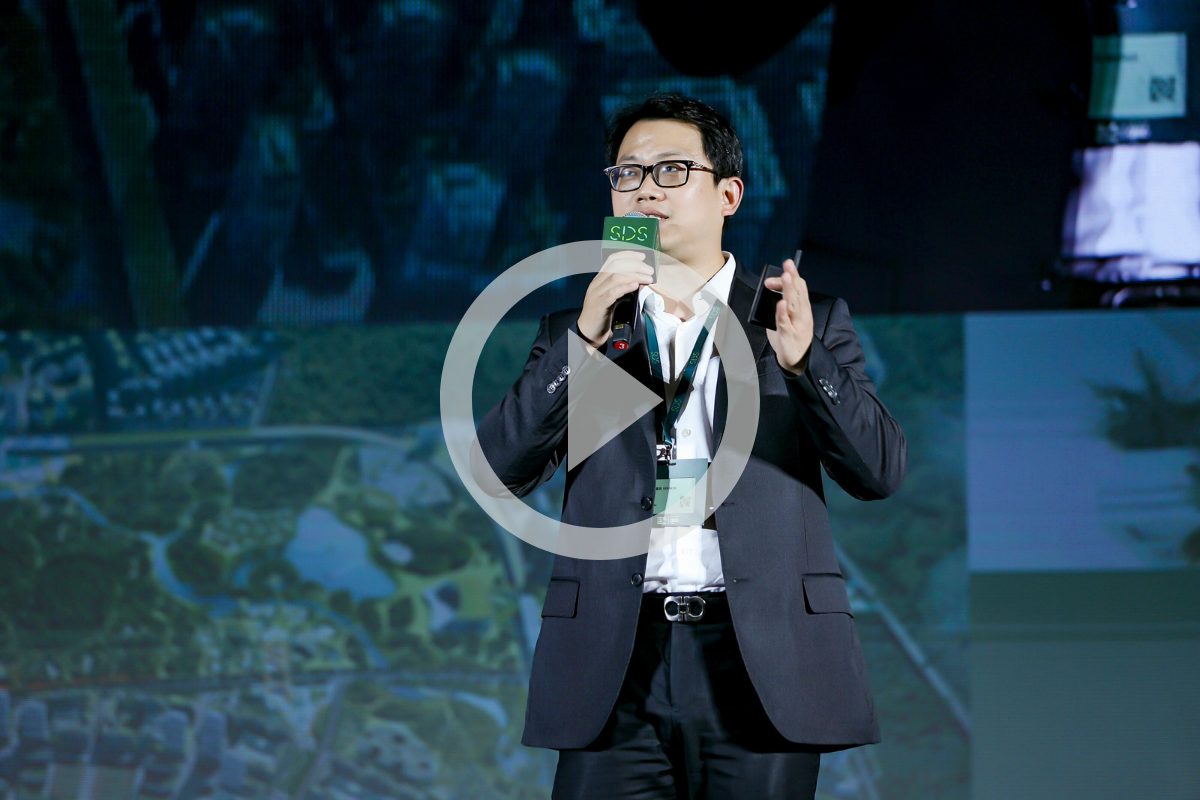
)
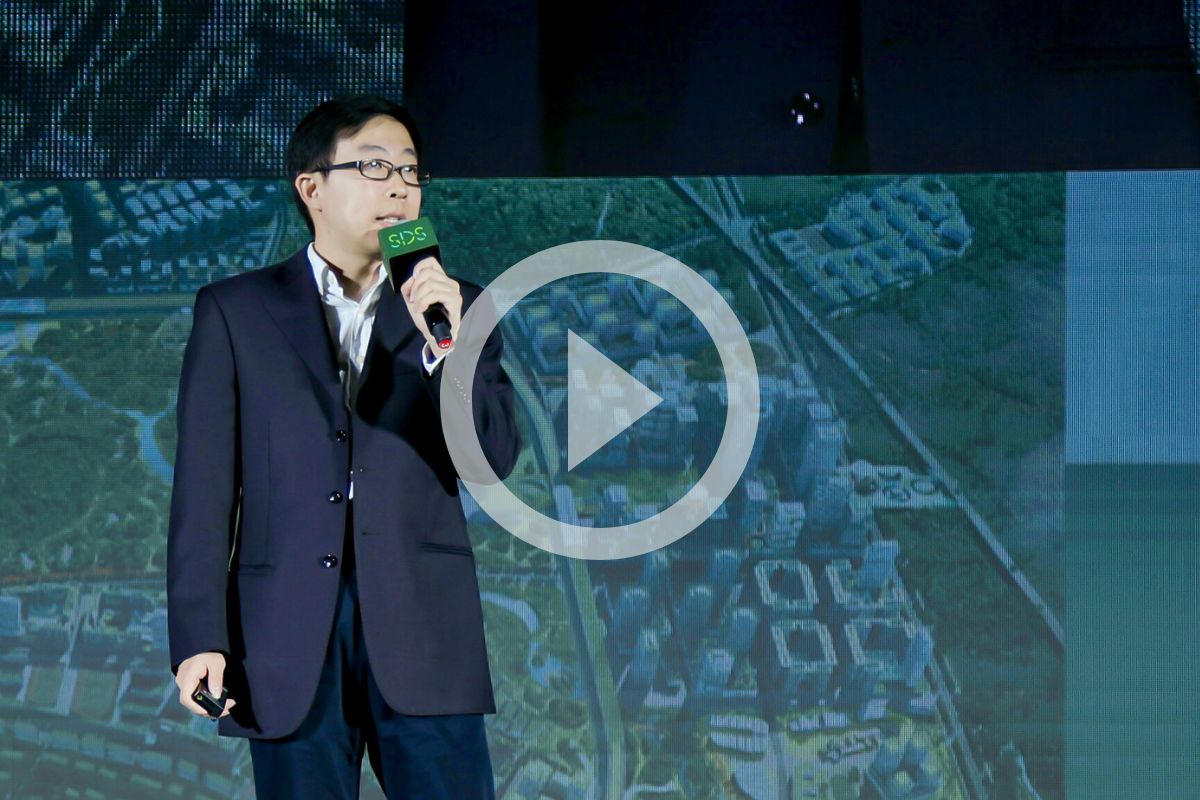
)
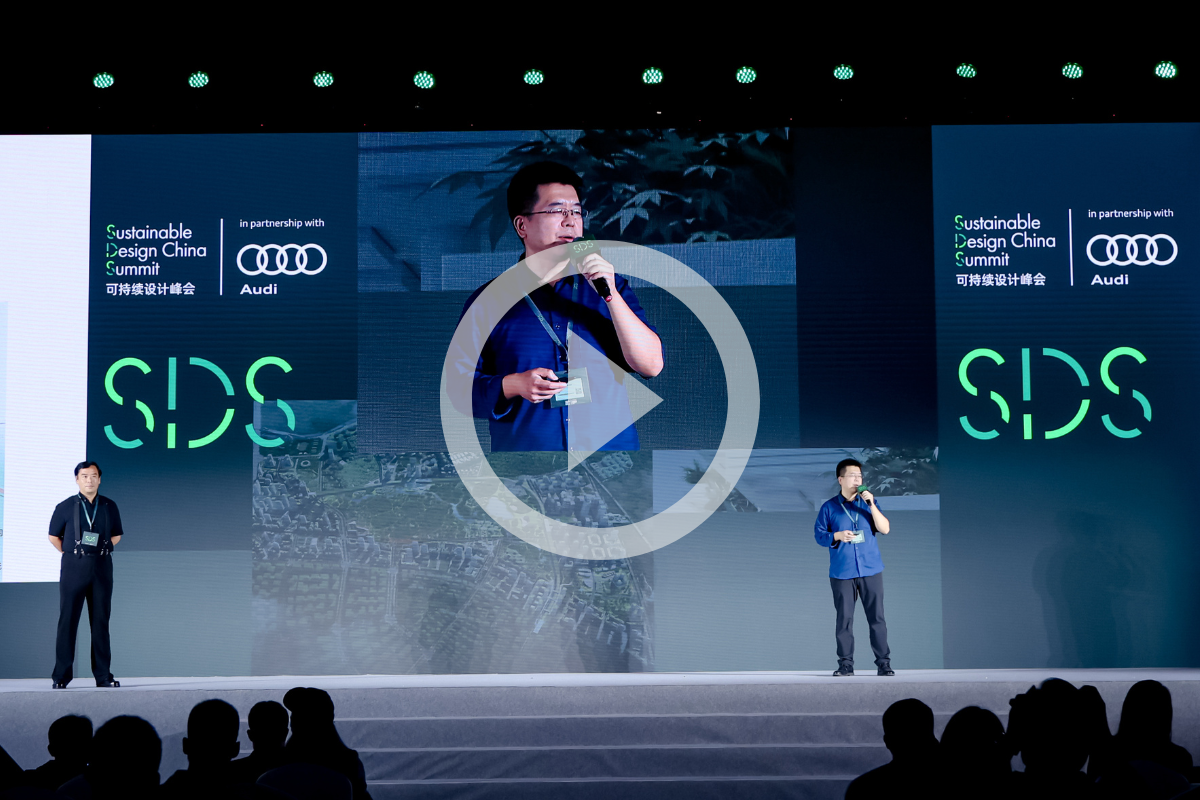
)
)
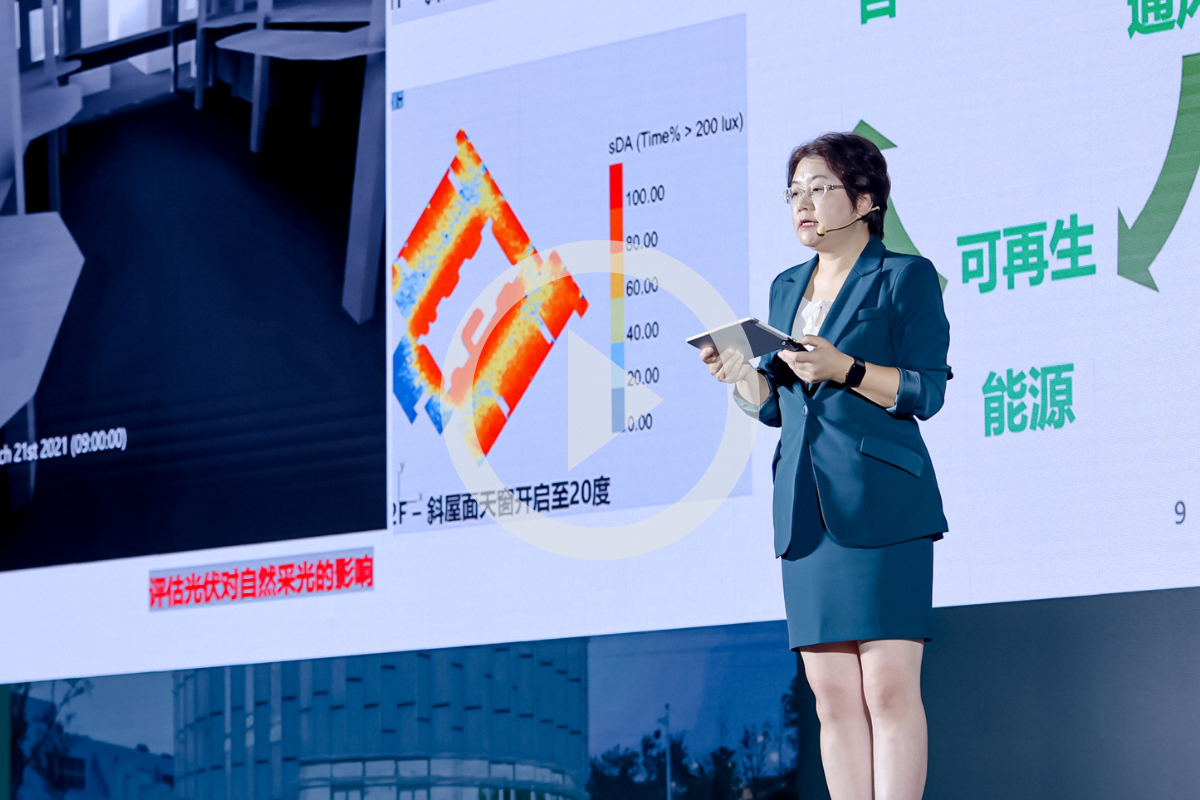
)
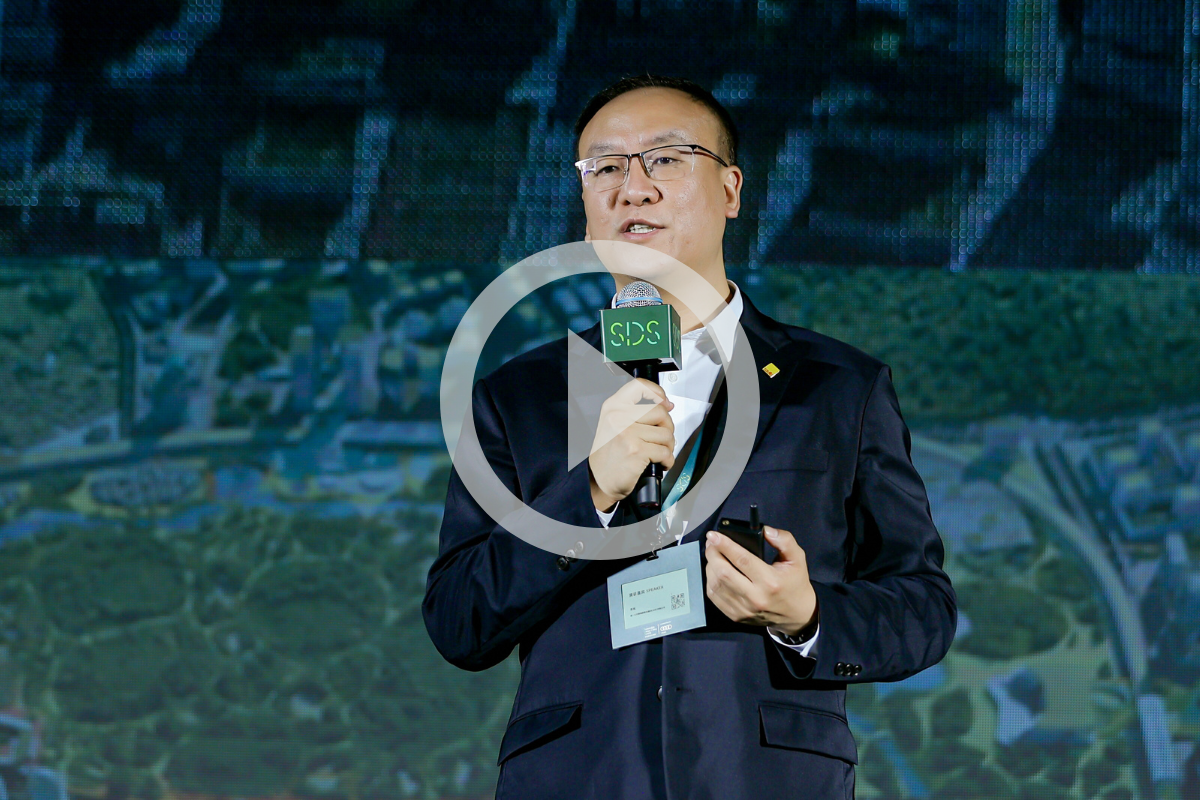
)
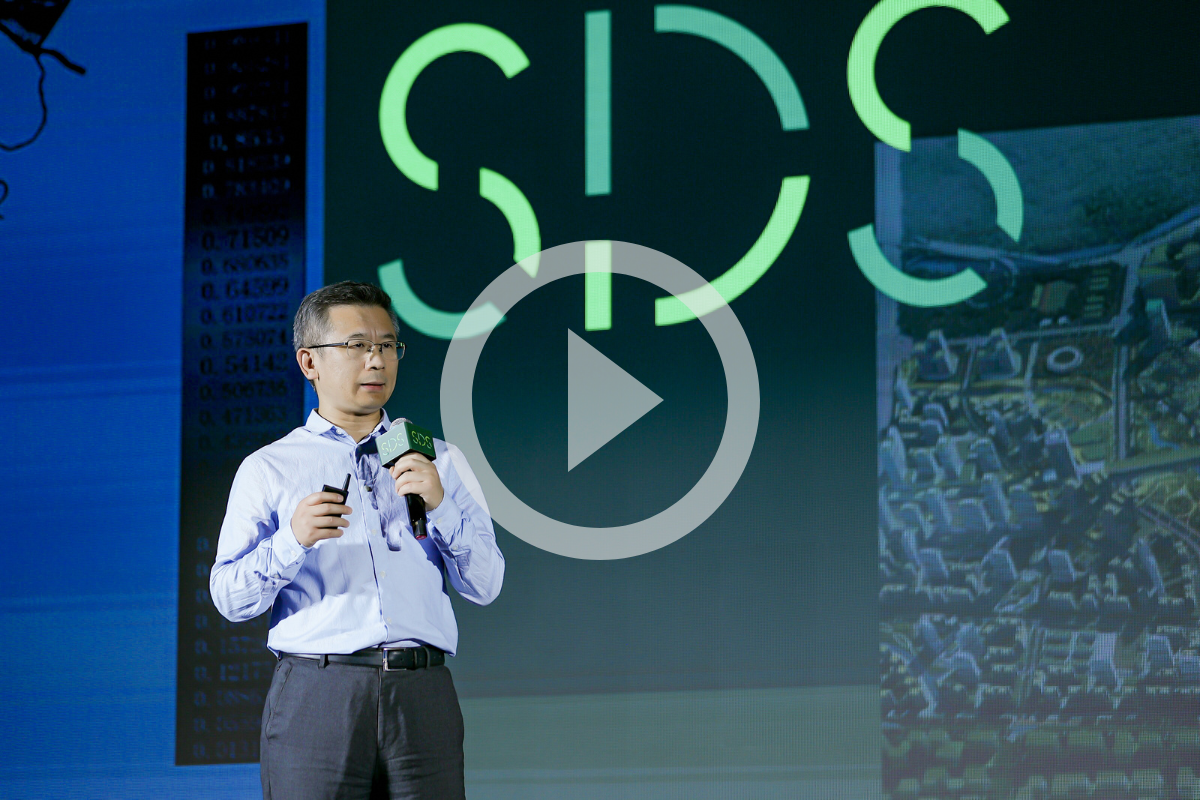
)
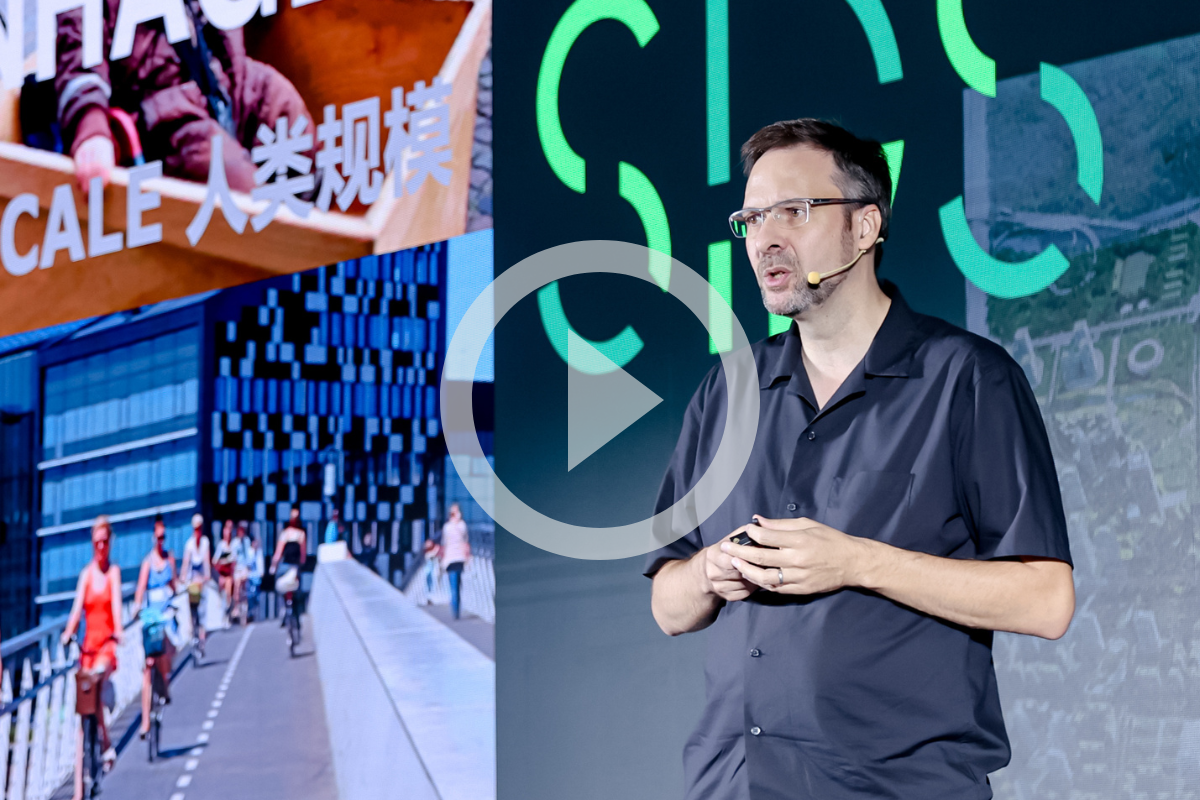
)
)
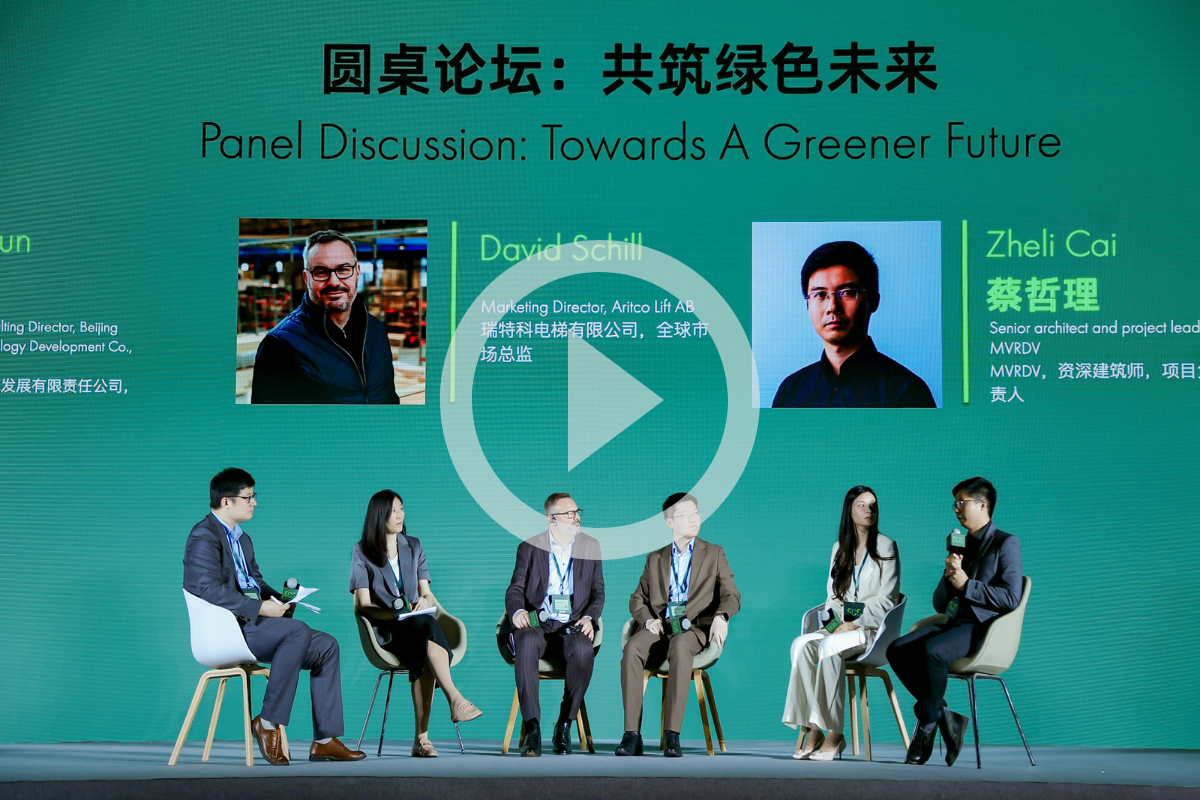
)
)
)
)
)
)
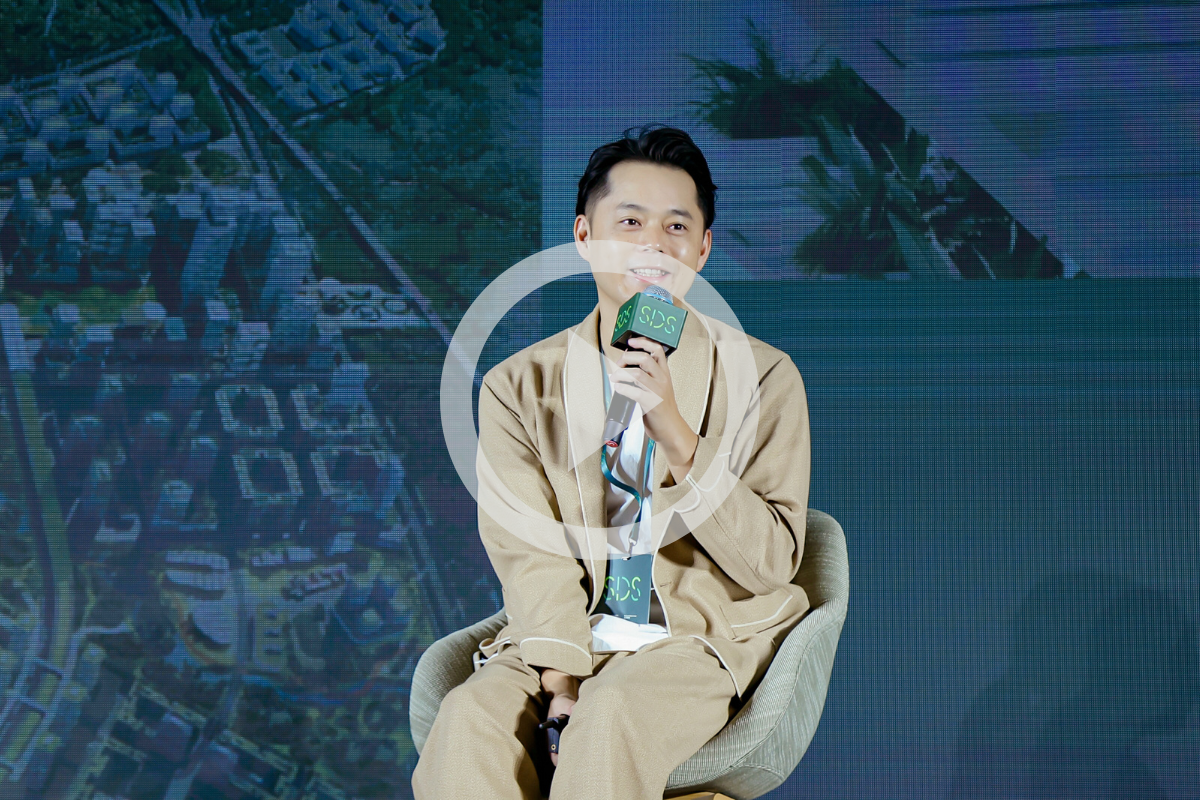
)
)
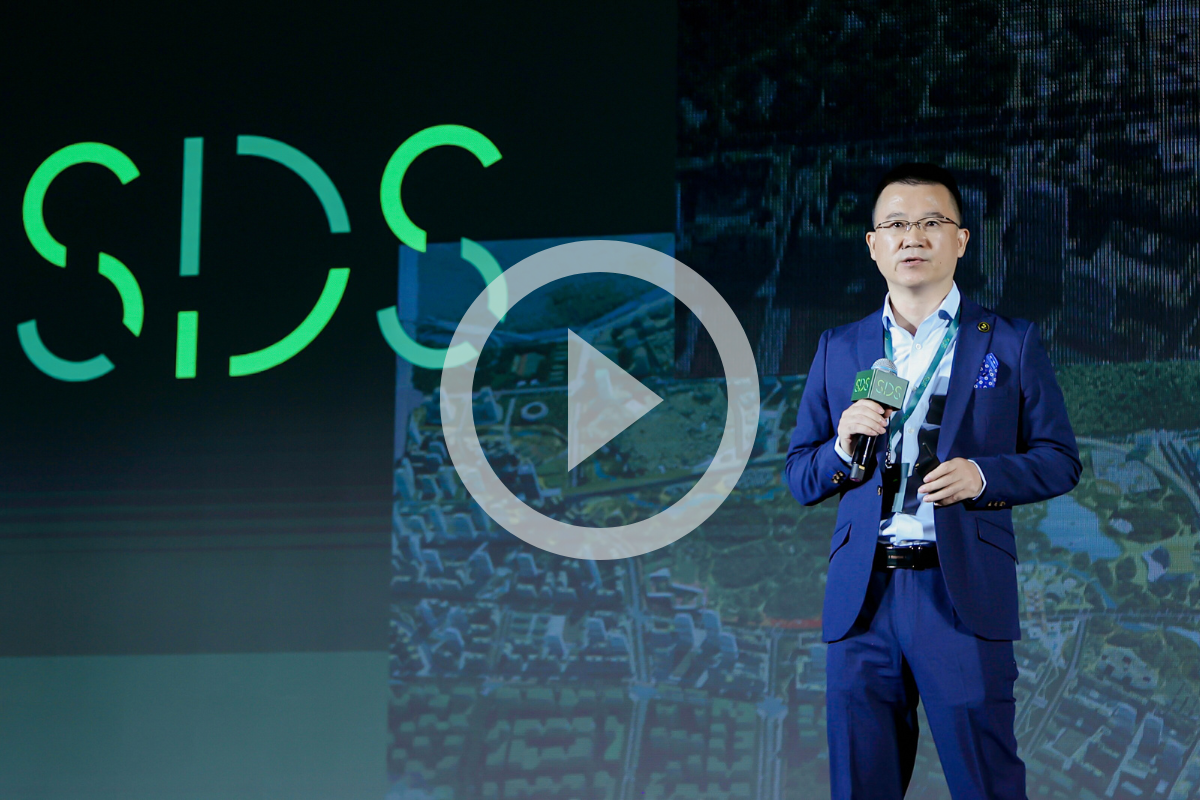
)
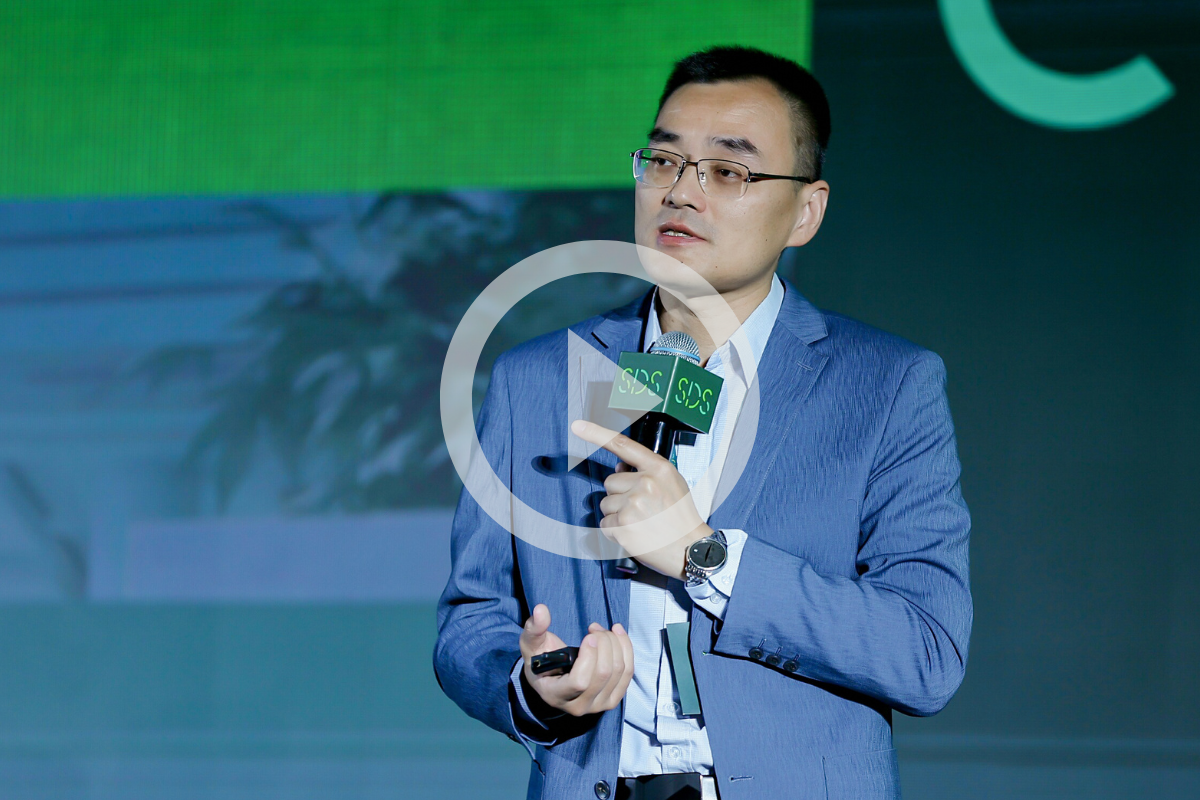
)
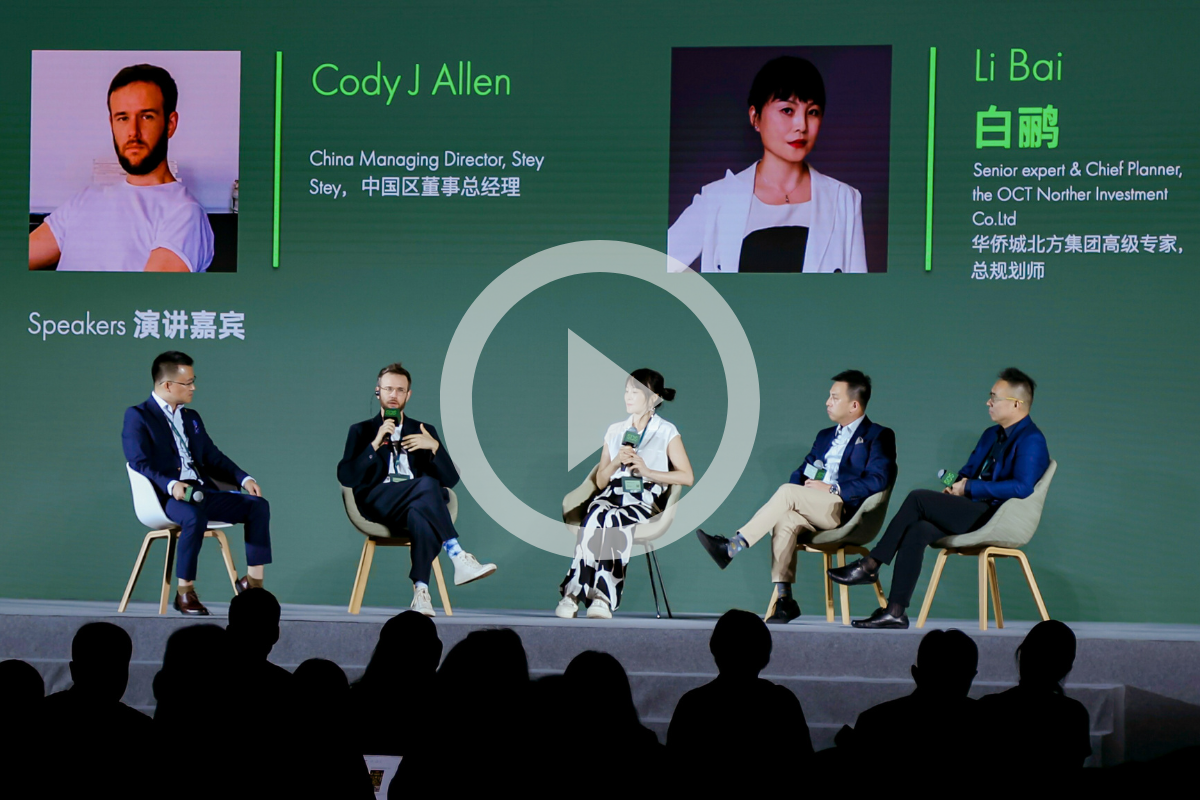
)
)
)
)
)
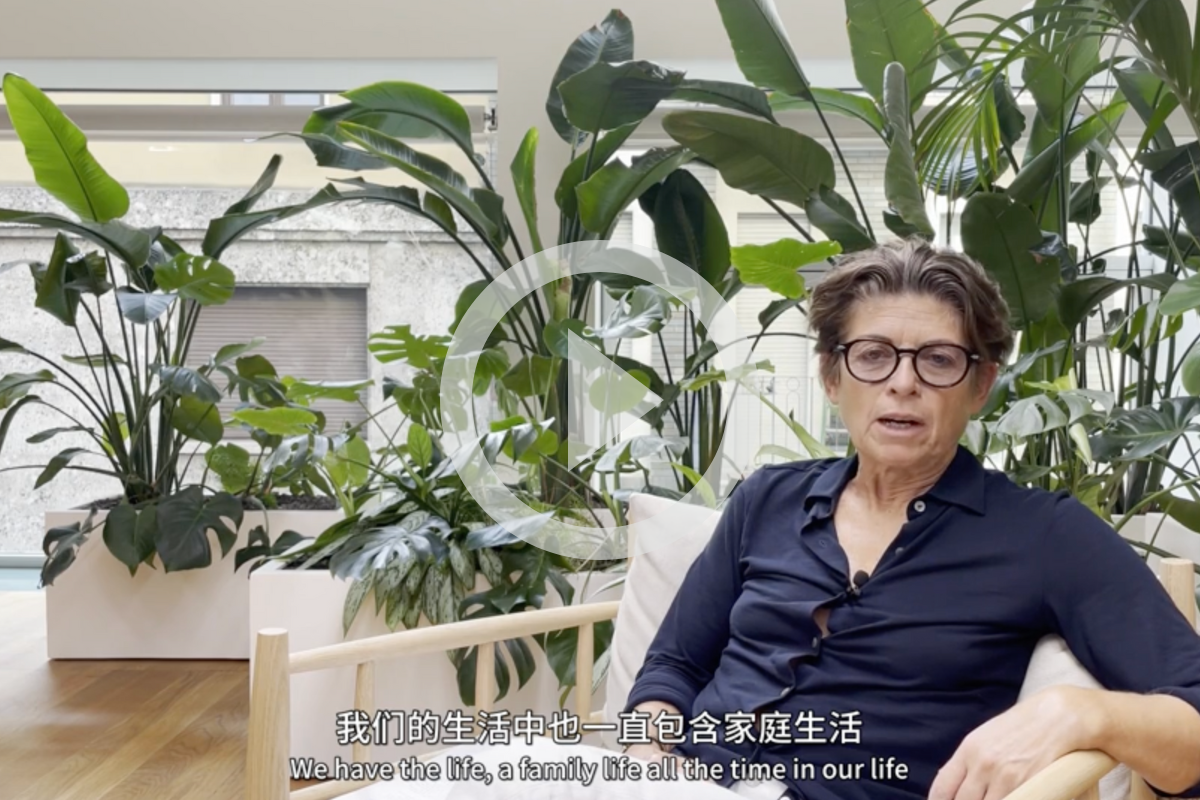
)
)
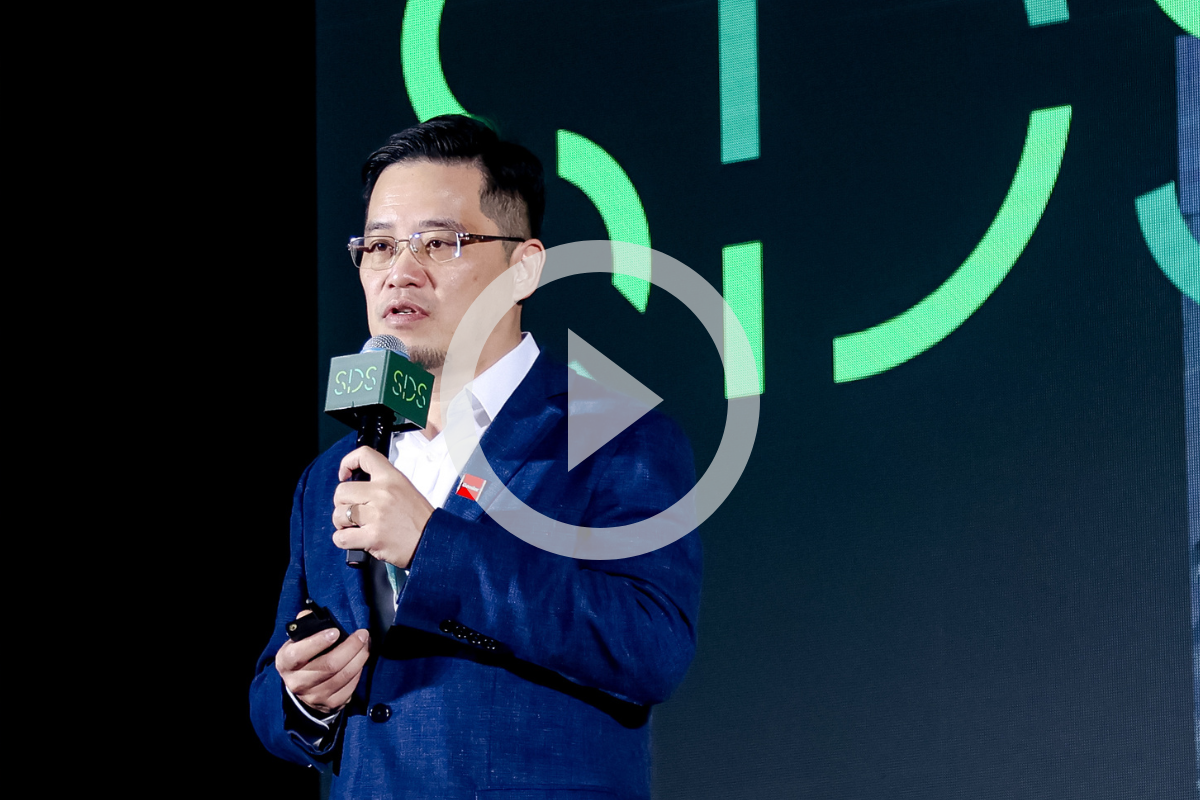
)
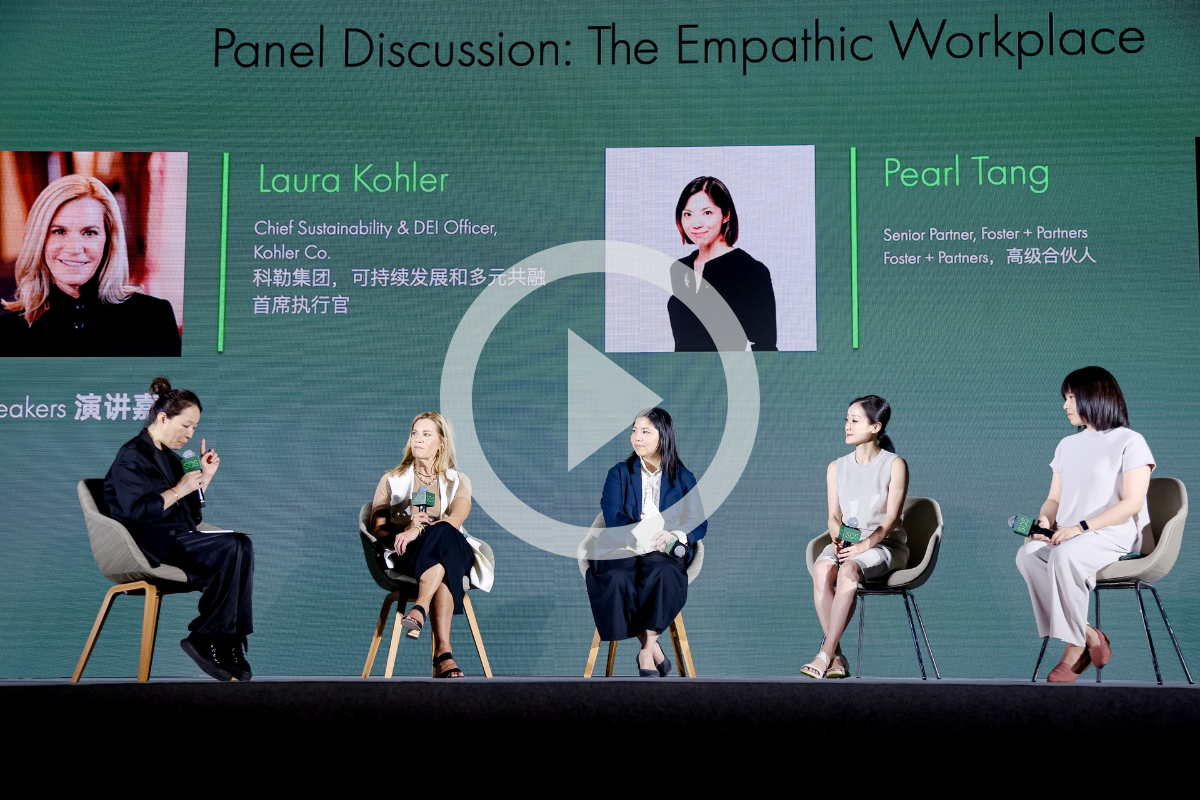
)
)
)
)
)